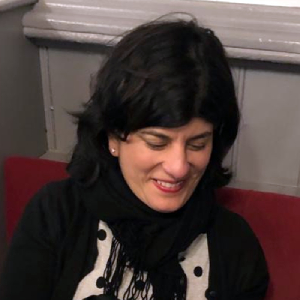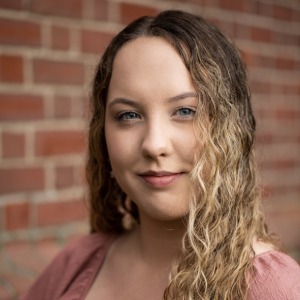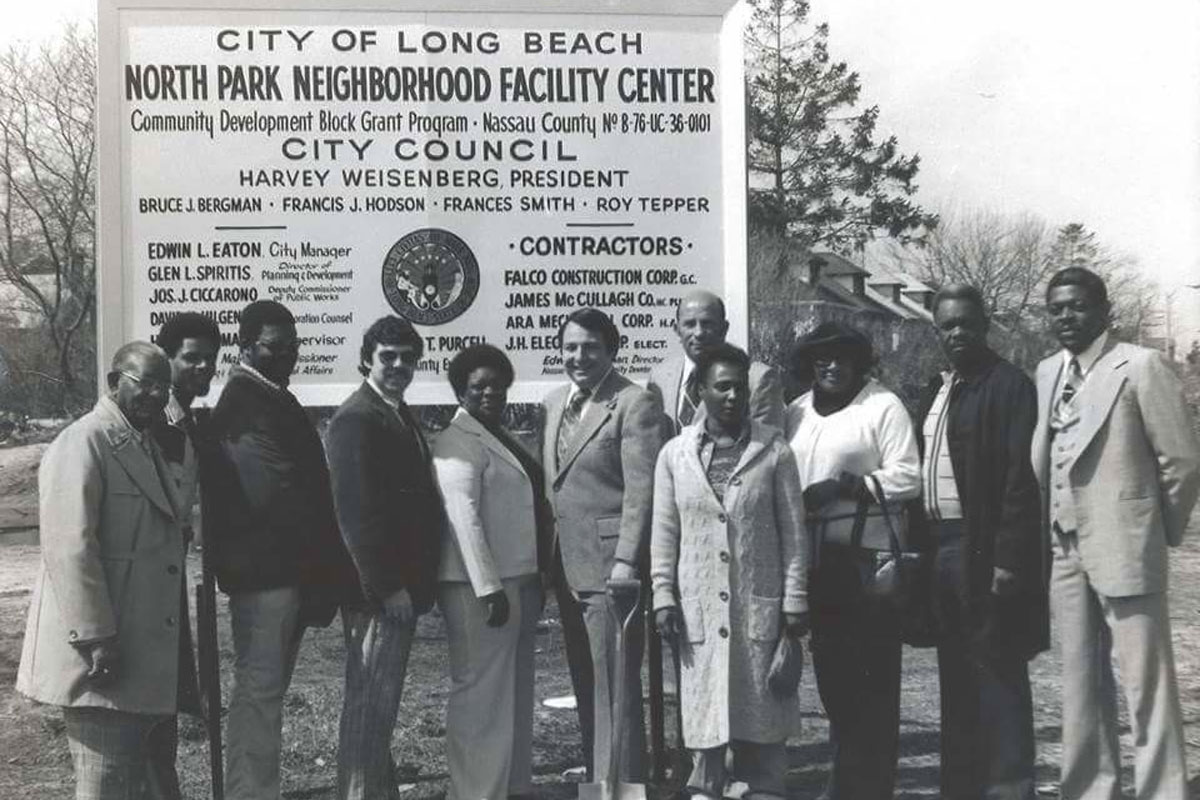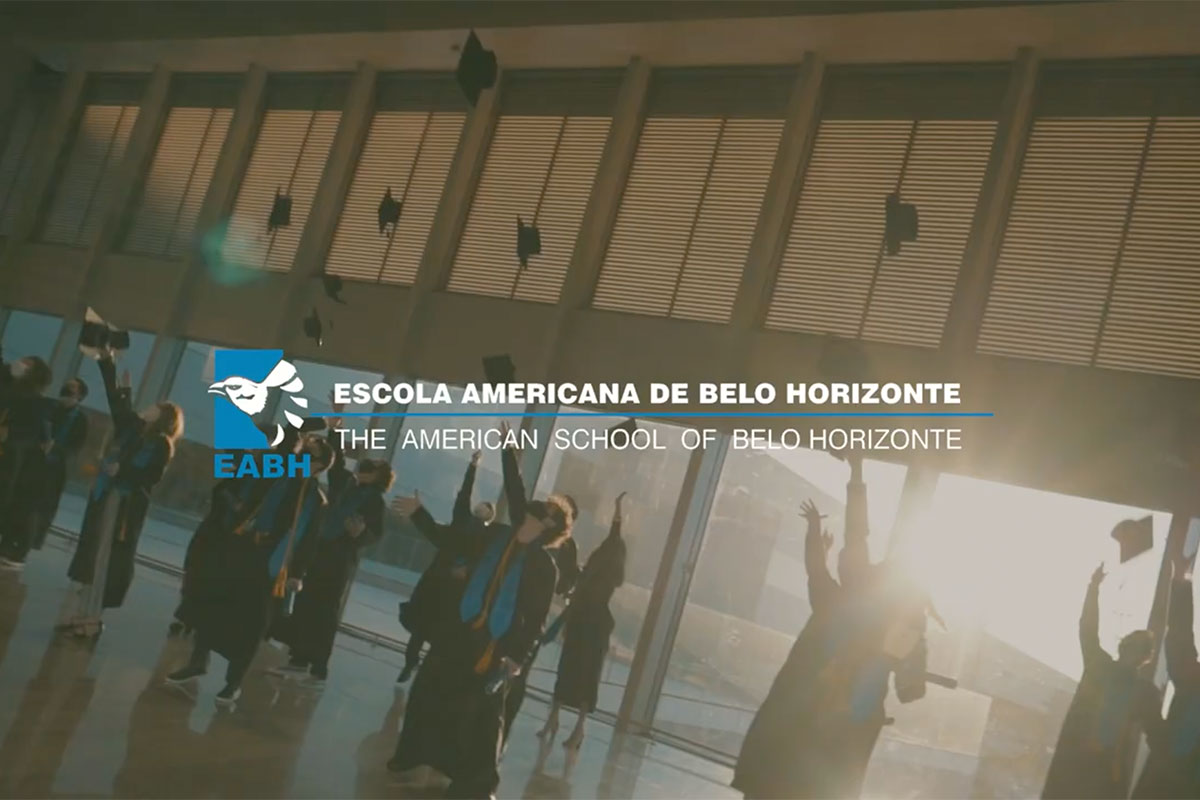The View from a Student Teacher and a Supervisor: “Student Teaching During a Pandemic”

Sarah: When I heard the news that schools were closing due to the COVID-19 virus, myriad emotions filled my brain. The initial concern that I experienced at the beginning of the “three-week” shutdown was replaced with full-blown panic when our governor, with input from stakeholders, elected to close schools for the rest of the 2019-2020 school year. While I am not teaching in a K-12 school, I am the student teaching practicum coordinator for all secondary education majors in a medium sized public university. What would my student teachers do? Would they get licensed? What would my own elementary-aged children do? I had no answers.
Lindsy: Upon hearing the news that K-12 schools would be closed for the remainder of the 2019-2020 school year my heart broke. I never anticipated that this would be the outcome. I was certain, or at least continued to tell myself, that the COVID-19 forced closure would last for a few weeks only. l Unfortunately, this was not the case. My student teaching practicum was cut short, and I was instantly filled with a rush of emotions. So many questions filled my head. Will I ever see my students again? Will I be able to graduate? I had no idea what was to come.
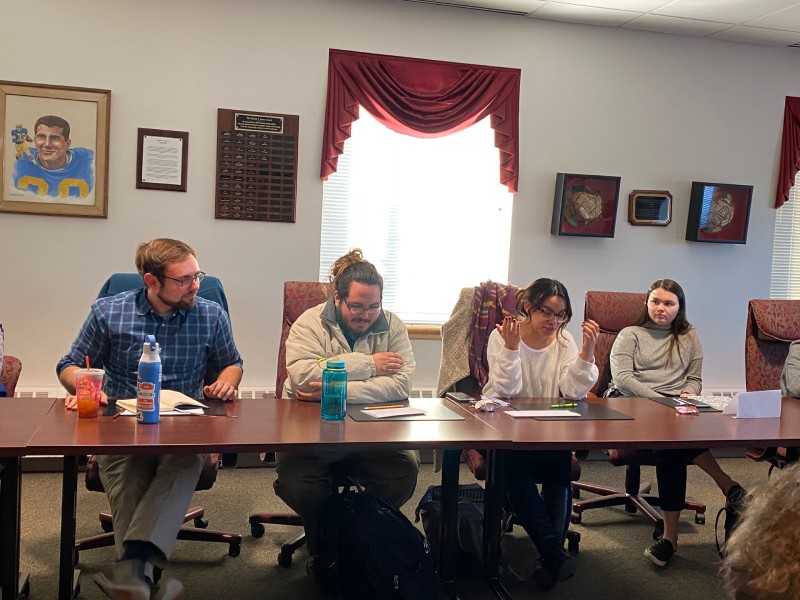
Sarah: Following the full year closure announcement, I fielded frantic emails and heart-wrenching phone calls from student teachers who were worried that they would not get their license. At our university, the student teaching practicum is the last component before students graduate and receive their degree and teaching license. For many of my students, not completing their practicum would mean not being able to apply for jobs or receive their degree. And while I tried to reassure my students, I really did not know what would happen since there wasn’t a blueprint for managing in such an unprecedented time. I had one goal and that was to provide my university students with up-to-date information, as well as remain calm in this ever changing storm. To add to the confusion, I have two elementary-aged children, and I had to move from just being mom to being mom and teacher, as well as continue my duties as an associate professor. To say I was feeling stressed was a bit of an understatement.
Lindsy: It had been announced that all learning would be virtual for the remainder of the school year. Though I was instantly worried about what my future in the practicum would look like, I was more concerned with the well-being of my students. This meant their days, and mine, would now be filled with Zoom calls, emails, and Google Classroom assignments. What concerned me the most was student access to Wi-Fi. In theUS, more than 6% of the population (21 million people) have no high-speed connection, which meant that although each student was provided a Chrome Book, they are not guaranteed to have Wi-Fi in their homes. The school I was working with was a choice school. This means that students came from multiple different towns, backgrounds, and economic classes. My goal was to ensure that each student was able to succeed
Sarah: The notion that my students may not be able to successfully complete their practicum was certainly at the back of my mind, but I did not want it to be the focus. Instead, I encouraged the student teachers to approach the challenge as an opportunity to learn something new, build resilience and fill their teaching toolkit. According to UNESCO, more than 60% of the world’s student population was affected by school closures, so I tried to keep that statistic in mind when talking with my students, program supervisors and school personnel. We were not the only ones navigating these unchartered waters, although at times it seemed there was not a lifeline to be found.
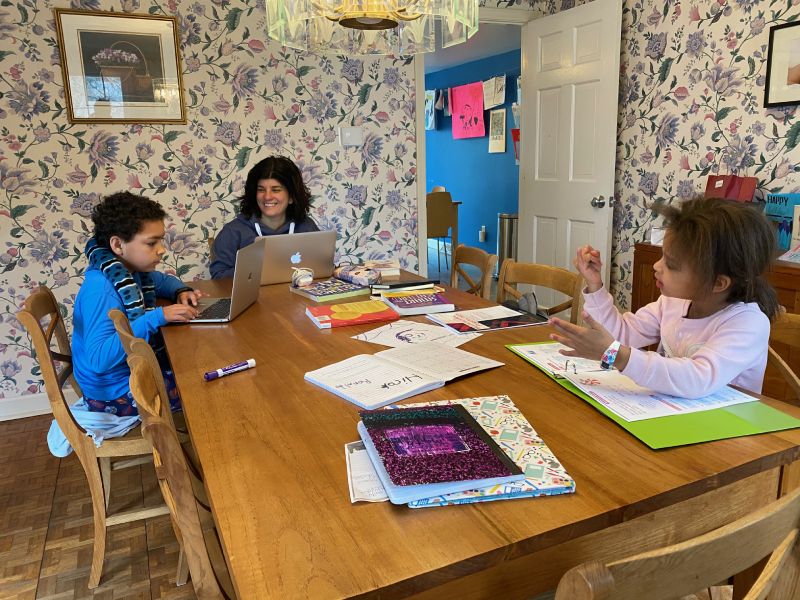
Lindsy: Students and teachers, all around the globe, began to turn fully to remote learning. This transition period was not only difficult but brand new to so many educators. Together, educators and students alike were diving into a new world of teaching and learning that many had not experienced before. The quick transformation from in-person to online was stressful to say the least, especially as a student teacher. I constantly worried that I would not have the opportunity to graduate and I would have to start my student teaching over again when the world returned to normal. Remembering that I was not the only one facing this issue allowed for me to take a deep breath. I realized that I was not alone in this struggle to ensure my students were well and to see what my future as a teacher would look like.
Sarah: Knowing that we were not alone, encouraged me to connect with colleagues at my own and other universities, as well as in the Twittersphere. I have never been so grateful for the generosity of spirit shared by educators across the world. Resource after resource was posted online, with the frequent tag, “use as you see fit.” If I had a question about connecting an app to a virtual classroom, the response was instantaneous. When I asked for teacher volunteers to share their experiences with my student teachers, my Twitter feed was inundated with people to contact. When I reached out to the program supervisors of my licensure candidates, I got the same response each time: “Whatever you need me to do, Sarah. Just let me know. We’ll get through this.” Mind you, most of my program supervisors are retired and did not use Google Classroom when they were teaching. But this didn’t matter. We were all in it together.
Lindsy: During the remainder of my time student teaching I experienced a steep learning curve, but I remained positive as I quickly transformed my assignments into a virtual format. Unfortunately, a few students had not connected with the rest of the class on Google Classroom. After reaching out to each student to make sure all was well, the same students continued to remain absent. This led to a bit of frustration and worry. After speaking with my supervising practitioner, we worked to get all students back on board!
I had assigned a final project, “The Butterfly Project,” the Friday before schools shut down. The assignment asked each student to design a unique butterfly based on a poem written by one of the many children in the Terezin Concentration Camp from 1942-1944. Each student was presented with their own unique poem. On the butterfly, students were to depict what came to mind while reading the poem. My goal was for students to eventually present their project to the class, explaining why they had illustrated their butterfly in the way they had. However, this would no longer be possible to do in person. Instead, I had students take a photo and upload their butterfly to Google Classroom and write a short essay explaining their designs. There, each student was able to go through and view their classmates’ work and make comments. Each butterfly was beautiful and one of a kind! I was so impressed with my students’ ability to quickly adjust to online learning. Though the project did not end how I had planned, we still worked as a team to complete the assignment.
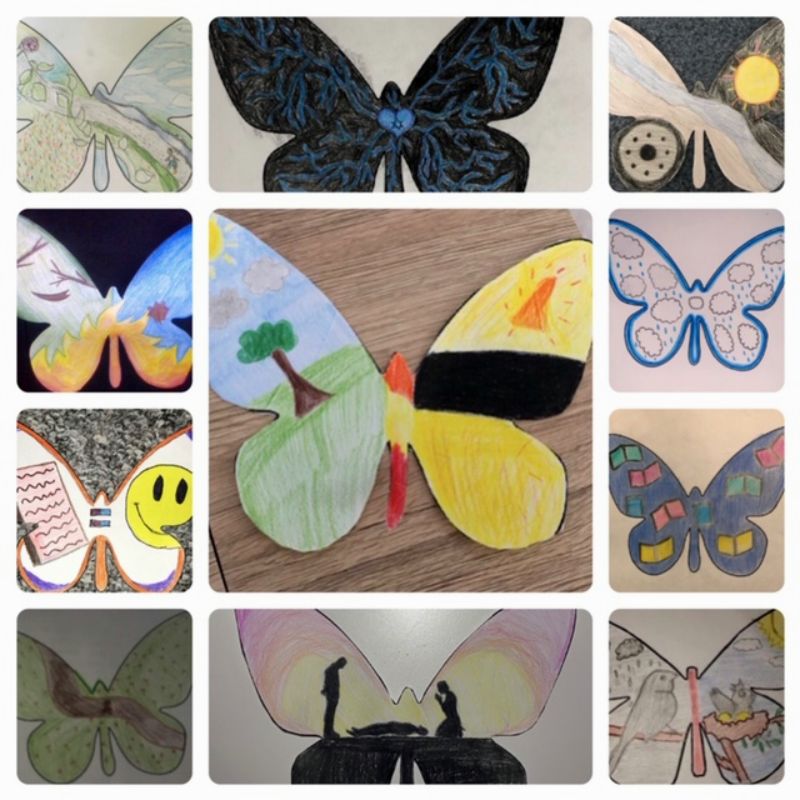
Sarah: Moving a course to a virtual format is difficult under any circumstance but moving a course virtually within a week is near impossible. Yet this was the task for the majority of the 60 student teachers in my program and I aimed to assist them in any way possible. I reached out to the students via email and assured them that our department would do everything possible to ensure they were “ready to teach” at the completion of the semester. I then held Zoom meetings with the student teachers and practicum supervisors to hear their concerns, as well as keep the sense of community that is prevalent in a teaching program. I was aware that many of our student teachers were anxious about completing the practicum, but also concerned about their students’ well-being. We often began the Zoom meetings with me checking in on everyone and asking students to share something with their peers. Many students shared their struggles, but we often heard about the small successes they were having in their virtual classrooms. These student teachers were celebrating the normally quiet student who was participating in the online classroom discussion or the positive email feedback from parents. They had taken a difficult situation and figured out how to make it work for them and their students. They were teachers!
Lindsy: Practicum supervisors held multiple Zoom meetings where all student teachers were able to connect and share experiences and difficulties we were dealing with. These meetings gave me and my peers hope and a sense of peace. We were all in this together and we knew we would come out on the other end as stronger and more resilient educators. What helped me most through these trying times was connecting with a few of my friends who were also student teaching. We constantly checked in with each other and collaborated on lessons and ideas. I don’t think we went a day without chatting and sharing what we were up to! I was lucky to be in the same building as a fellow student teacher. This was truly a blessing. We were able to share valuable information with each other about our school and chat about our lessons and how we would be teaching them. It is crucial to have people to lean on and express feelings to during unknown times. Each of us were experiencing this pandemic in a different light. In the end, I know that this will make all of us stronger and more successful in our future as educators.
Sarah: As program coordinator, one of the things I tried to do during the semester was look for the good that was happening in schools across the globe and share that with the student teachers. But I learned that I didn’t need to look outside our program because our student teachers were doing amazing things in the classroom and for each other. During our Zoom meetings they encouraged each other and readily shared activities that were working in their own classroom. It was these instances that demonstrated the resilience of these young people and convinced me that they will be the educators that the next generation needs.
This article is available and can be accessed in Spanish here.
Broom, D. (2020). Coronavirus has exposed the digital divide like never before. Retrieved from https://www.weforum.org/agenda/2020/04/coronavirus-covid-19-pandemic-digital-divide-internet-data-broadband-mobbile/
Education: From disruption to recovery. (2020). Retrieved from https://en.unesco.org/covid19/educationresponse

